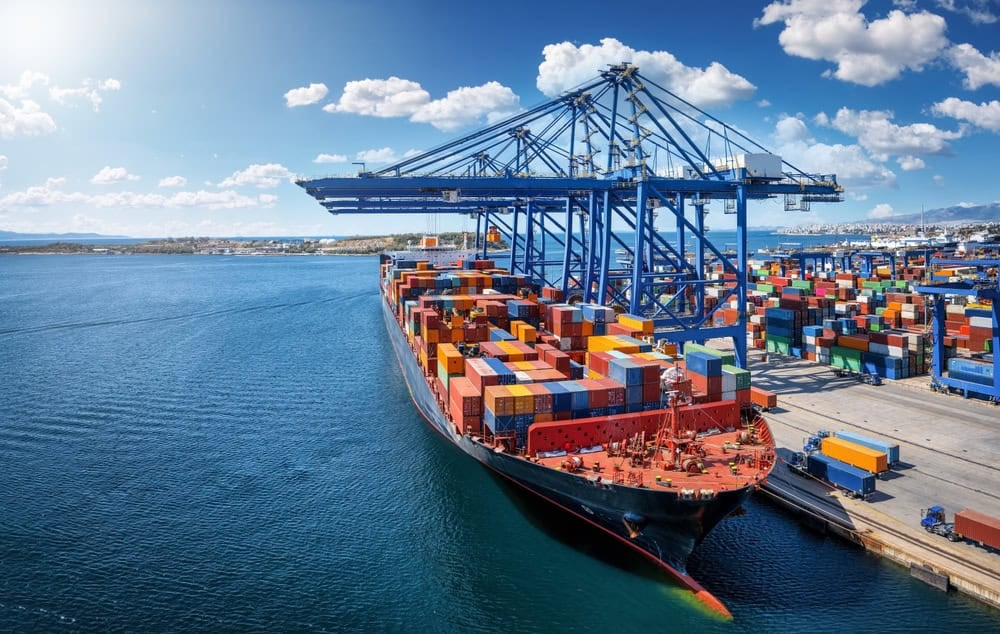Exploring Trade Barriers
The landscape of global commerce is often navigated through a maze of regulations and restrictions, known as trade barriers. These barriers, both official and unofficial, can create significant challenges for businesses and importers alike. Understanding these nuances not only helps in navigating the trade waters but also sheds light on logistics operations—how goods are moved across borders efficiently.
Official Trade Barriers
Defined as the legal limitations imposed by national governments, official trade barriers can take various forms. Here are a few examples:
1. Quotas
Quotas act as caps on the amount of specific goods that can be imported into a country. While this might seem manageable, it can drive up prices or create shortages in market supply.
For instance, countries like Argentina, Brazil, and South Korea impose quotas on imports of steel and aluminum. Once a quota is reached, those materials can no longer be sent to the U.S., no matter how high the bid. As a result, quotas are often considered even more limiting than tariffs.
2. Embargoes
More stringent than tariffs or quotas, embargoes completely ban imports from designated nations. Generally enacted for political reasons, embargoes aim to exert economic pressure on certain countries.
Currently, the U.S. enforces embargoes against nations like Cuba, Iran, North Korea, and Syria. Sanctions also apply to specific regions, including parts of Russia, further showcasing how political climates affect trade.
Unofficial Trade Barriers
Strikingly, non-official barriers can complicate trade even further, especially amid trade disputes. Here are ways these issues manifest:
1. Administrative Hurdles
During contentious trade relations, countries can create administrative hurdles, hampering the import process. A prime example is the U.S. reliance on rare earth materials from China, which, during the U.S.-China trade conflict, faced stringent export obstacles. This situation underscores how such hurdles can act as leverage in negotiations.
2. Inspections
Trade tensions often lead to increased inspections. Once specific goods are flagged for excess scrutiny, both importers and exporters face heightened costs and logistical delays, making the movement of goods much more cumbersome.
3. Import Licensing
Some governments require import licenses for specific goods, often favoring local industries by placing limits on foreign products to protect domestic populations, particularly important in sectors like food.
4. Bureaucratic Regulations
Countries with convoluted bureaucratic regulations can create labyrinthine processes, leading to unexpected costs and delays for traders trying to comply with import laws. This complexity serves to exacerbate any existing logistical challenges.
Complex Dynamics of Trade
In essence, engaging in trade involves navigating a complicated network of formal and informal barriers. These hurdles further obscure the benefits of free trade, which typically makes goods more affordable and accessible. As highlighted, introducing more barriers only escalates the complexity and costs associated with transporting goods across borders.
Looking Ahead: Global Logistics Implications
Keeping abreast of trade barriers is crucial for logistics sectors worldwide. Whether one is involved in shipping cargo, relocating goods, or managing logistics, understanding regulations simplifies planning and enhances operational efficiency. The potential impact of barriers like tariffs, quotas, or embargoes can ripple across the transport sector, affecting timelines, costs, and market accessibility.
The Continued Complexity of Trade
It’s abundantly clear that navigating trade is no picnic—it’s an intricate puzzle with many stakeholders involved. The emergence of tariffs, quotas, and administrative hurdles diminishes the advantages of free trading. This is a fundamental issue that reflects back upon logistics and impacts the very fabric of how goods are delivered globally.
Trade Barriers and Logistics
The implications of trade barriers on logistics cannot be overstated. Costs may rise, delivery times can lengthen, and operational complexities increase. Businesses hoping to thrive in this environment can leverage platforms like GetTransport.com, which offers a versatile solution for a range of logistical needs, from office moves to bulk cargo deliveries. Their services ensure that regardless of barriers, transportation remains efficient and affordable.
Conclusion
Trade barriers, while sometimes serving a protective function, often complicate logistics and raise costs. Understanding both official and unofficial barriers equips businesses with the insights needed to navigate this landscape effectively. GetTransport.com stands ready to assist in making transportation solutions smooth, economical, and effective. Empower your logistics planning with reliable service options available through GetTransport.com, where transportation is made easy, affordable, and transparent. Explore the myriad of services today, and book your cargo transportation at the best prices to ensure a seamless logistics experience. GetTransport.com.com

